
Let's talk!
Fill out this form and we will contact you as soon as possible.
The Agapanthus plant, commonly known as the African Lily or Lily-of-the-Nile, is a stunning perennial prized for its eye-catching, trumpet-shaped flowers that bloom in shades of blue, purple, pink, and white. Often featuring a darker stripe down each petal, these vibrant blooms stand tall on slender stems, creating a striking display from early summer to fall.
Beyond their aesthetic appeal, Agapanthus young plants are highly versatile in landscape design. When planted in clusters, they resemble the mass effect of ornamental grasses, producing breathtaking floral displays. They also thrive in containers, making them an excellent choice for patios, balconies, and entryways.
For optimal growth, Agapanthus liners require well-draining, nutrient-rich soil and ample sunlight or light shade. These resilient plants can withstand varying conditions, making them a favorite among gardeners and landscapers alike.
Sunlight: Plant your Agapanthus young plants in an area with full sun for maximum flowering. In hot climates, partial shade can be beneficial, but too much shade may hinder bloom production.
Soil requirements: Agapanthus plants thrive in well-draining, slightly acidic soil with a pH between 5.5 and 6.5. Adding organic matter helps improve soil texture and fertility.
Watering: During the growing season (spring and summer), keep the soil consistently moist but avoid overwatering. Well-established Agapanthus plants are drought-tolerant and require less frequent watering. Ensure proper drainage to prevent root rot.
Fertilizing: Container-grown Agapanthus young plants need regular feeding as they deplete soil nutrients faster. Apply a balanced fertilizer every 2-3 weeks in spring when new growth begins, continuing through the blooming period.
Pruning and maintenance: Remove spent flowers (deadheading) to encourage continuous blooming. After flowering, prune Agapanthus young plants in late summer or early fall. Divide mature plants every few years to maintain vigor and prevent overcrowding.
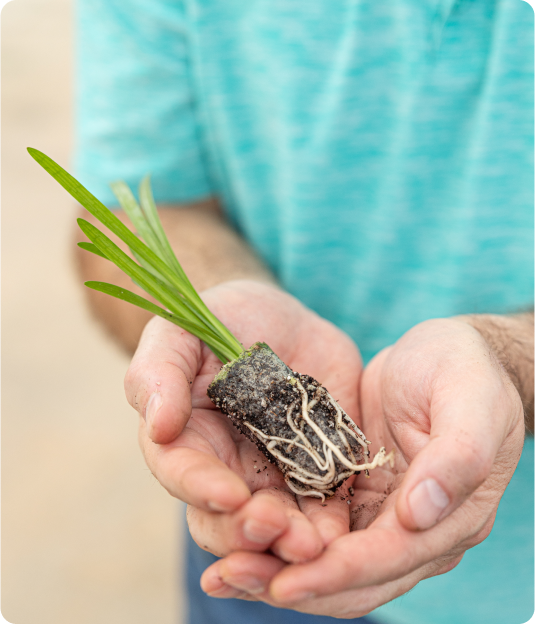
Do you want to learn more about our production process? We invite you to download our complete operating protocol.
DOWNLOAD AGAPANTHUS PROTOCOL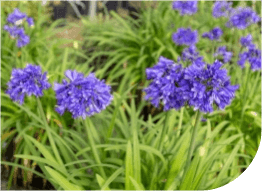
Agapanthus nursery plant liners feature vibrant blue or white blooms and lush, strap-like leaves.
VIEW MORE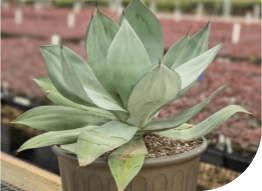
Agave nursery plant liners boast bold, sculptural leaves, making them a stunning, low-maintenance choice for xeriscaping.
VIEW MORE
Aloe nursery plant liners are loved for their rosette form and medicinal, fleshy leaves.
VIEW MORE
Alpinia nursery plant liners stand out with tropical foliage and vibrant flowers, ideal for shaded gardens.
VIEW MORE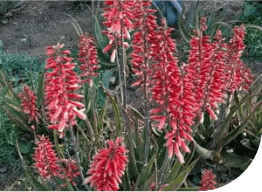
Aloe nursery plant liners are loved for their rosette form and medicinal, fleshy leaves.
VIEW MORE
Alpinia nursery plant liners stand out with tropical foliage and vibrant flowers, ideal for shaded gardens.
VIEW MORE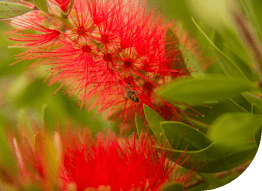
Callistemon nursery plant liners feature unique red blooms that are loved by pollinators.
VIEW MORE
Farfugium nursery plant liners add charm with glossy, round leaves and bright yellow flowers.
VIEW MORE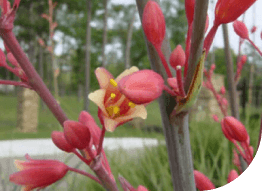
Hesperaloe nursery plant liners boast arching leaves and tall, striking red or pink flower spikes.
VIEW MORE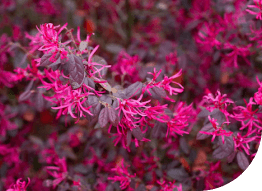
Loropetalum nursery plant liners showcase deep-purple foliage and delicate, pink, fringed flowers.
VIEW MOREMGN Liners' tissue culture technology provides a modern, efficient, and reliable method for propagating Agapanthus young plants, ensuring uniform quality and health across every liner.
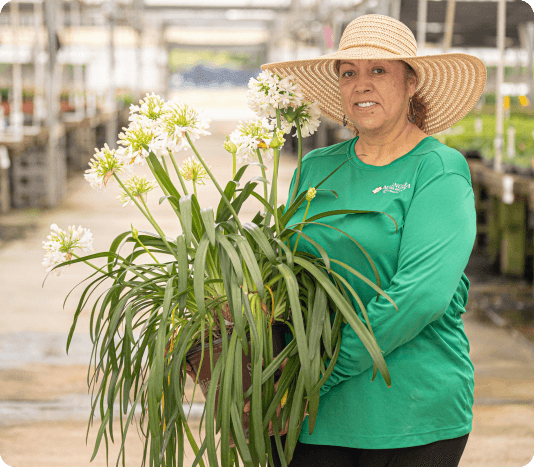
Agapanthus liners thrive in USDA zones 8-11, where they flourish in well-draining soil and ample sunlight. Whether planted in borders, beds, or containers, they adapt well to different garden settings.
Agapanthus plants are perennials, meaning they return year after year. With proper care, they will bloom reliably each season, providing stunning color and structure to gardens.
Both options work well. In pots, Agapanthus young plants stay more compact and require frequent fertilization. When planted in the ground, they grow larger and have access to natural nutrients, reducing the need for frequent feeding.
Agapanthus plants bloom annually, typically for several weeks from early summer to fall. Regular deadheading and proper care help encourage a longer and more abundant blooming cycle.
With proper care, Agapanthus plants can thrive for decades. Their ability to withstand diverse conditions while continuously producing flowers makes them a long-term investment for any garden. Regular division every few years keeps them healthy and promotes vigorous flowering.
For over 46 years, Magnolia Gardens Tissue Culture Division has been dedicated to delivering top-quality young plants, pioneering protocol development, and efficient stock management services to breeders, growers, and brokers alike. We take pride in customizing our services to meet the unique needs of each client with a win-win mindset.
MGN Liners is a division of Magnolia Gardens Nursery.
+46 years
Almost half century of experience in the green industry
+9M
More than 9 million plants produced per year in our Tissue Culture laboratory
+4.5M
More than 4.5 million plants produced per year in our greenhouse
95%
of the production comes from our laboratory in Texas